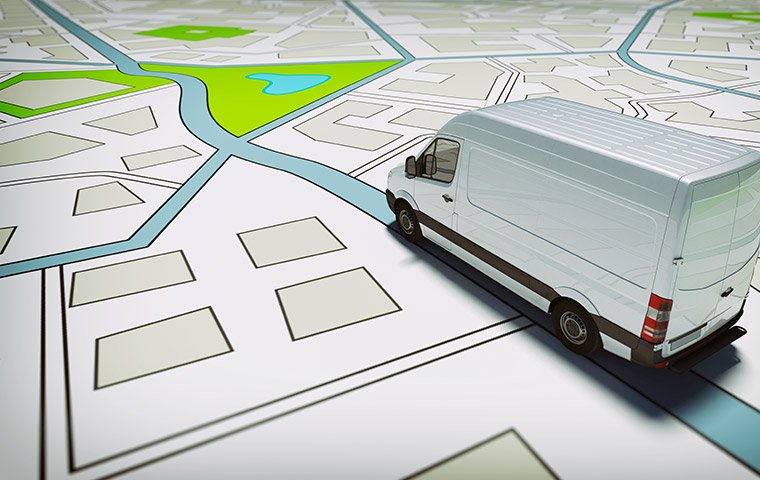Road usage tax is becoming a popular method of funding infrastructure development and maintenance and may be widely implemented across the country within the coming decade. The road usage tax works exactly how it sounds; it charges drivers based on how many miles they drive. It will likely replace the gas tax, which has not risen with inflation and does not account for the rising number of fuel-efficient and electric vehicles. This tax, also known as the mileage tax or mileage fee, offers many benefits for infrastructure initiatives that will protect drivers and, therefore, fleets. But what will change in a fleet’s day-to-day operations? This article will explain how fleets can still keep costs low under a road usage charging program.
How Does the Road Usage Tax Work?
Only two states have widely implemented road usage charging programs: Oregon and Utah. Oregon was the first to do so with its OReGO program. This program is entirely voluntary but allows owners of fuel-efficient and electric vehicles to enjoy discounts on their registration fees if they sign up for the program.
Once a driver signs up, getting started is easy. Drivers can either choose to have their miles tracked automatically, or they will soon be able to do it manually. To do so automatically, they can plug hardware for Azuga Insight into their OBD port, a common feature of most vehicles built after 1996.
Then, drivers set up a digital wallet online. As they drive, money is automatically deducted from their digital wallet depending on how much they drive. Manual options are coming soon. Utah’s program works very similarly, so road usage charging programs will likely look similar to these as they are implemented nationwide.
Why a Road Usage Tax?
As mentioned previously, the gas tax simply won’t cut it for funding infrastructure initiatives anymore. It hasn’t been adjusted for inflation in over 25 years. Furthermore, we see more fuel-efficient and electric cars on the roads, but they do not pay much if anything at all in the gas tax. Infrastructure is crumbling all over the country, and states need funds to maintain and repair it. A road usage tax ensures that everyone using the road pays for it. It is fair to all drivers.
Implementing a road usage fee program nationwide would also bring in an additional $340 billion to repair, maintain, and develop infrastructure. Nearly half of the roads in our country are unsafe to drive on, so this would make driving much safer not only for fleets but for everyone on the road.
Not to mention, most drivers will not pay more under a road usage charging program. More drivers will simply be paying, so there will be more funds to go around. It can be challenging to see the benefits of a road usage charging program, but there are many benefits to consider that will affect fleet drivers long term.
How Can Fleets Reduce Road Usage Tax
Similar to how fleets reduced the gas tax, fleets can reduce the road usage tax using technology. In particular, route optimization helps minimize miles driven. Route optimization has many benefits, including reducing fuel costs, increasing the number of vehicles on the road, and of course, reducing miles driven. The technology uses algorithms, traffic data, machine learning, and GPS to create the most efficient possible route from one destination to the next.
Many fleets already take advantage of route optimization software to reduce their fuel usage. This technology can cut down fuel costs by a massive fraction. It can still do this with a road usage tax, but it has the added advantage of reducing vehicle miles driven. By reducing the number of miles each vehicle travels, route optimization software helps cut down on road usage fees that each vehicle may incur. Since many fleets already have route optimization software, they won’t have to make any changes, but this is a good time for fleets without it to start taking advantage of helpful fleet technology.
Conclusion
A road usage tax may mean some changes in how you operate your fleet if you are not currently using route optimization software. Route optimization software will become essential if a road usage tax program is implemented. This is not even to mention the benefits that fleets can enjoy beyond saving on road usage fees. If you’re looking for a way to save money on fuel, increase customer satisfaction, and enjoy safer roads in the future, look into route optimization software for your fleet. Azuga offers state-of-the-art fleet technology that you won’t find anywhere else. Try out a demo today!








